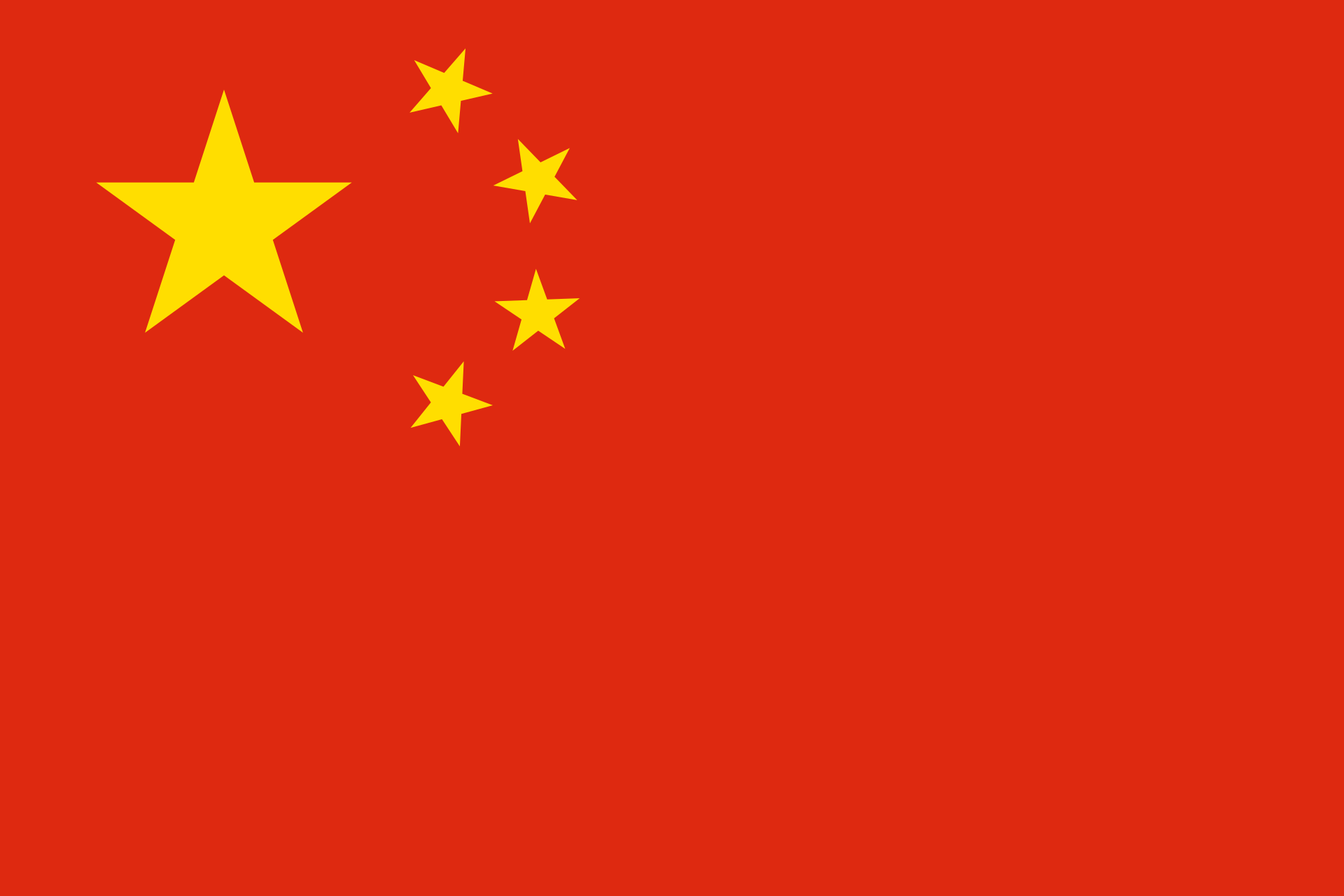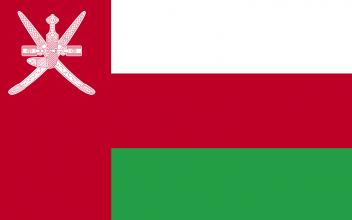Commodity and exchange in the Mongol empire: A cultural history of Islamic textiles
In the thirteenth century the Mongols created a vast transcontinental empire that transported skilled artisans from one cultural zone to another. Among those transported were Muslim textile workers, resettled in China, where they made clothes for the imperial court. In a fascinating account, the author considers the significance of cloth and colour in the political and cultural life of the Mongols. Situated within the broader context of the history of the Silk Road, the book will interest not only historians of the Middle East and Asia, but also art historians and textile specialists.




